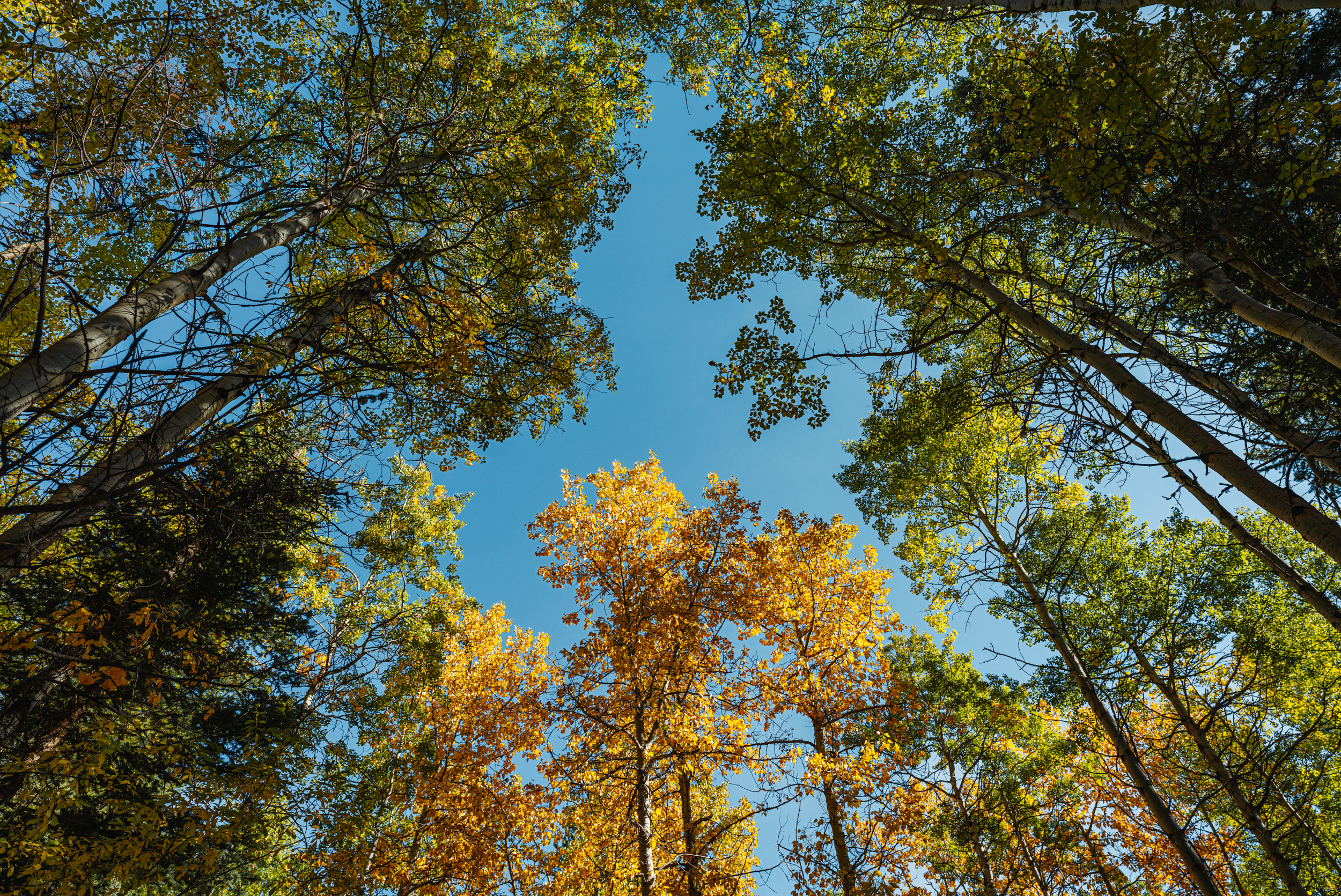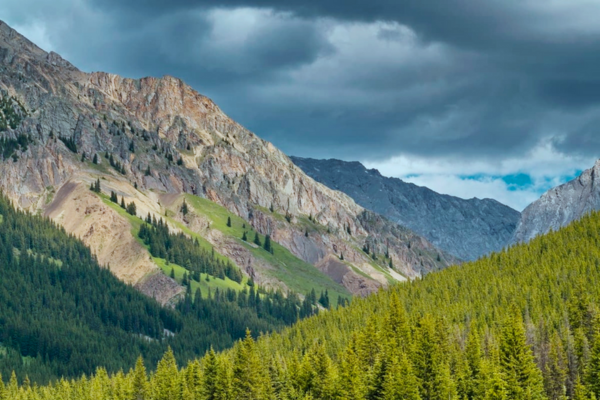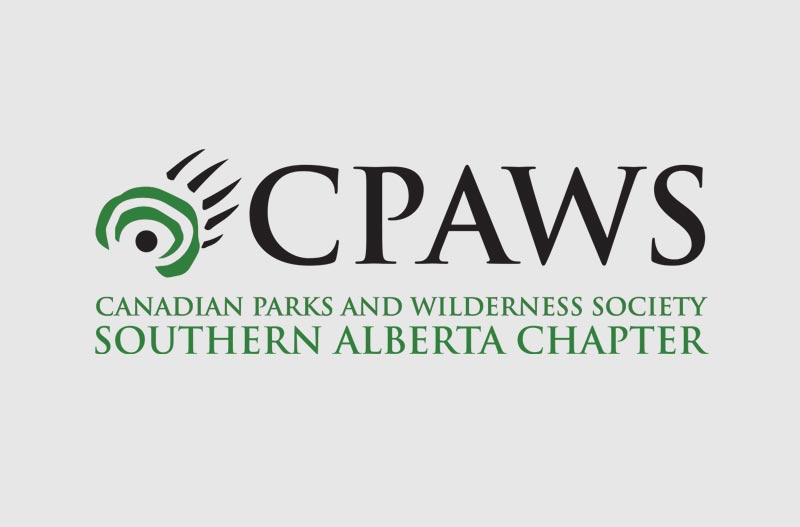MEDIA RELEASE | June 15, 2018
Alberta positioned to become national conservation leader
Conservation groups in Alberta are commending the provincial government, the federal government, and Alberta’s First Nations on today’s National Advisory Panel report, Canada’s Conservation Vision.
“As a province we now have the opportunity to reach one of the United Nation’s Convention on Biological Diversity’s 2020 key biodiversity goals on protected areas,” says Legault. “We hope that through the guidance provided in the National Advisory Panel and the Indigenous Circle of Experts reports we can reach and exceed our targets for biodiversity and reconciliation.”
“This report represents the most comprehensive approach to conservation efforts across Canada, and specifically in Alberta, in more than 30 years. We are celebrating the diverse voices calling for action on protected areas and reconciliation,” says Dr. Kecia Kerr, executive director of the Northern Alberta Chapter of the Canadian Parks and Wilderness Society (CPAWS).
“The specific focus on the Bighorn Backcountry in the Rocky Mountains west of Edmonton and Red Deer as an ‘early opportunity for progress towards Canada’s Target 1’, the international commitment of protecting an interim 17 per cent of land and inland waters in Canada by 2020, is a good indication of the region’s importance,” says Stephen Legault, program director for the Yellowstone to Yukon Conservation Initiative (Y2Y). “We support this designation and hope to see movement towards conservation of the Bighorn in the draft management plan for the North Saskatchewan Regional Land Use Plan.”
At 6,800 square-kilometres, the Bighorn represents 1 per cent of Alberta’s land mass.
“Protecting this area would be a conservation achievement on an international scale, and would position Alberta as a national leader on the pathway to Canada’s Target 1, ,” says Dr. Kerr.
“Last month’s announcement of the creation of the world’s largest boreal protected area network which connects new and existing provincially protected areas with Wood Buffalo National Park was ground-breaking. Building on that announcement, Alberta can further conservation of endangered woodland caribou in the northwest of the province as outlined in the National Advisory Panel Report,” adds Dr. Kerr. “Protection of habitat for woodland caribou in the NW in the form of Indigenous Protected Areas, or Indigenous co-management of protected areas, would advance conservation of this international icon of Canada, as well as other boreal species, increase long term resilience for the forestry sector, and provide economic opportunities and increase food security for Indigenous communities.”
“The collaborative effort between Alberta’s ranching community, First Nations, regional municipalities, provincial government and conservation organizations on the ongoing conservation of the Pekisko Heritage Rangeland is a model for cooperation,” says Katie Morrison, conservation director of the Southern Alberta Chapter of CPAWS. “The Pekisko is a key grasslands landscape of rolling foothills, is home to grizzly bears and bull trout and is at the heart of Alberta’s First Nations and ranching heritage. Legal designation of this area as a Heritage Rangeland would ensure the protection of these values for generations to come”
With the release of the National Advisory Panel report, and its critical role in co-chairing the committee, Alberta has emerged as a national and international leader in conservation.
More News

All-Seasons Resort Policy Released

Critical Habitat and Industry Lobbying Part 4: How DFO Allows Critical Habitat Destruction


